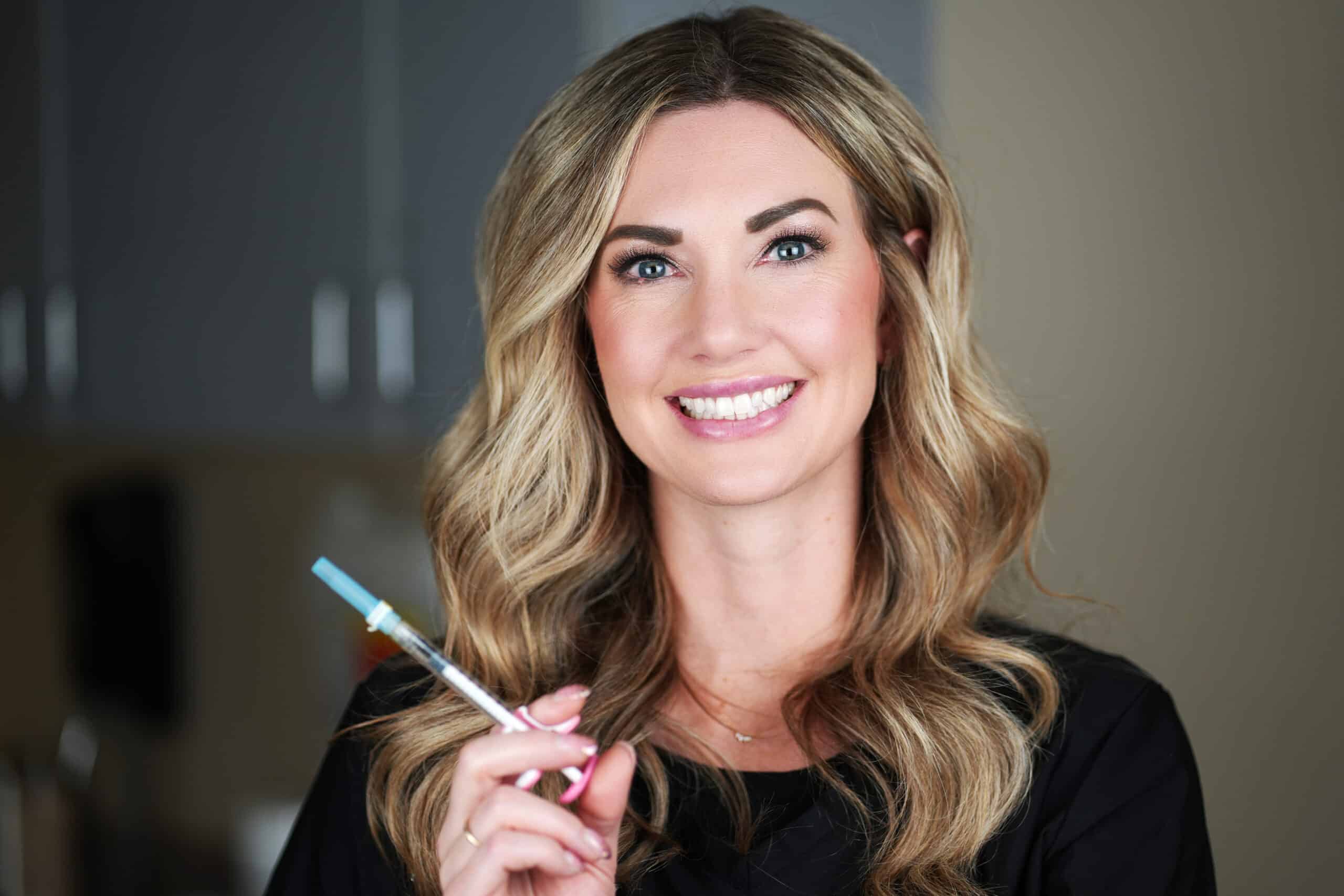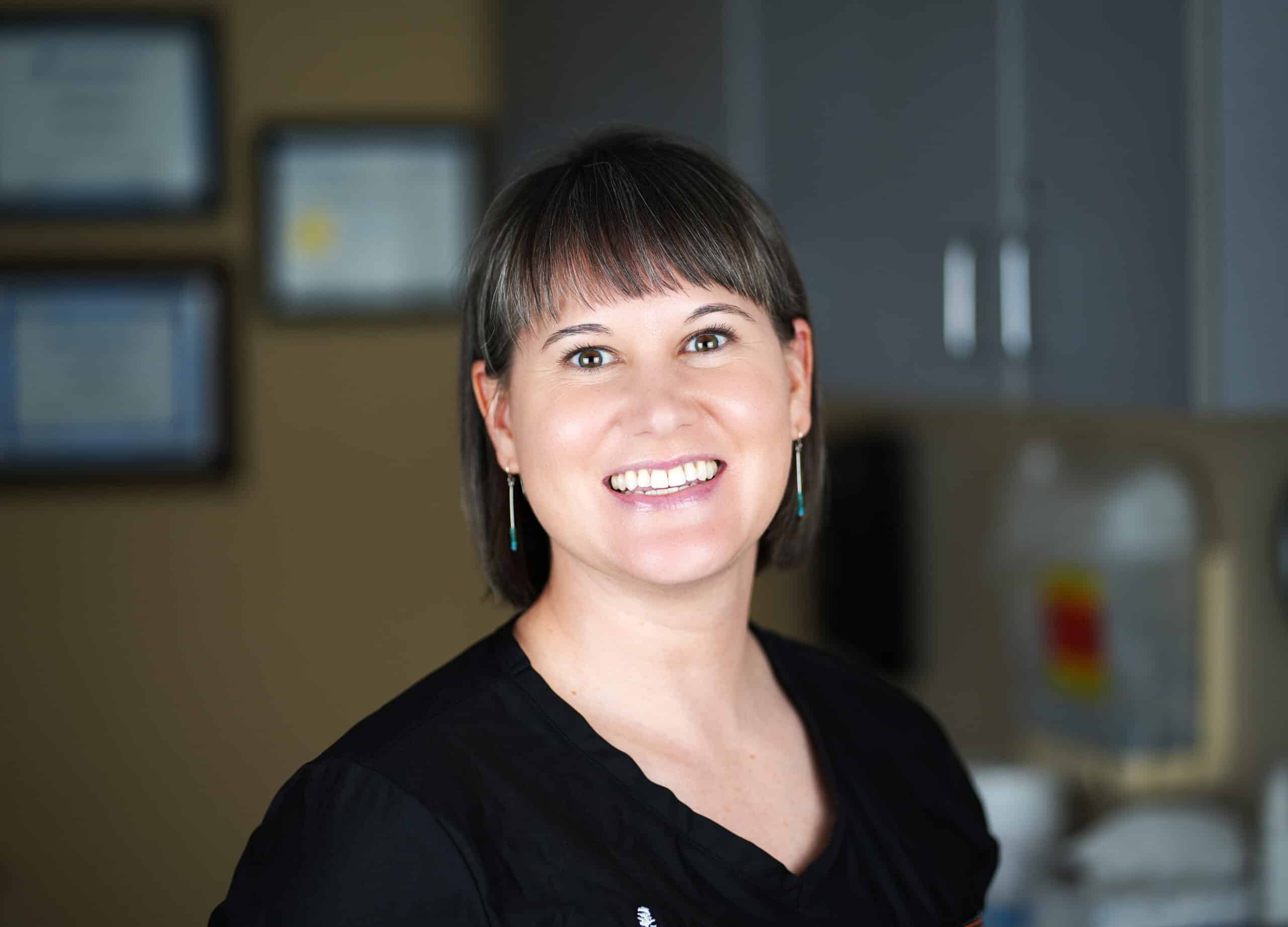
As we age, our faces naturally lose volume, leading to wrinkles, hollow cheeks, and sagging skin. For those seeking to restore youthful contours or enhance their natural features, two popular options stand out: fat transfer and dermal fillers. While both aim to replenish lost volume and rejuvenate the face, they differ in technique, longevity, and the materials used. As a plastic surgeon with expertise in both methods, I help patients choose the right approach for their unique needs.
Fat Transfer
Fat transfer, or fat grafting, is a surgical procedure that uses your own fat to restore volume in areas such as the face, hands, breasts, or buttocks. The process begins with liposuction to harvest fat from a donor site, typically the abdomen or thighs. The fat is then purified and carefully injected into the target areas to create a fuller, more youthful appearance.
Because it uses the body’s own tissue, fat transfer offers a natural solution with minimal risk of allergic reactions. The procedure provides long-lasting results, as a portion of the transferred fat integrates permanently into the target area. Additionally, fat contains stem cells that may improve skin quality, further enhancing the rejuvenation effect.
Dermal Fillers
Dermal fillers are injectable treatments that add volume, smooth wrinkles, and enhance facial features. The most common fillers, such as Juvéderm and Restylane, are made from hyaluronic acid, a substance naturally found in the body. These products are safe, biocompatible, and deliver immediate results.
Unlike fat transfer, fillers do not require surgery. The treatment is quick and minimally invasive, often performed during a short office visit. However, fillers are temporary, typically lasting 6 to 24 months, depending on the type of filler and the area treated.
Comparing Fat Transfer and Fillers
When deciding between fat transfer and fillers, it’s important to consider their differences:
- Longevity of Results
Fat transfer provides a permanent solution, with results that last for years as long as the transferred fat cells survive. Fillers, by contrast, are temporary and require regular maintenance treatments to sustain the results. - Downtime
Fat transfer is a surgical procedure, so it involves more downtime. Patients may experience swelling and bruising at both the donor and injection sites, with recovery times ranging from one to two weeks. Fillers require little to no downtime, allowing patients to return to daily activities immediately. - Natural Results
Both methods achieve natural-looking results, but fat transfer excels in areas requiring significant volume restoration, such as hollow cheeks. Fillers are ideal for subtle enhancements, like smoothing nasolabial folds or adding definition to the lips. - Cost
Fillers are more affordable initially, but the need for repeated treatments can make them more expensive over time. Fat transfer has a higher upfront cost due to the surgical component but may be more cost-effective in the long term. - Safety and Allergic Reactions
Fat transfer carries no risk of allergic reaction since it uses the patient’s own tissue. Fillers, while generally safe, may occasionally cause swelling, bruising, or rare adverse reactions.
Who Should Consider Fat Transfer?
Fat transfer is ideal for patients seeking a permanent solution for significant volume loss or enhancement. It is particularly well-suited for individuals with hollow cheeks, pronounced facial volume loss, or subtle contouring needs in areas like the under-eye hollows. Candidates must have adequate fat stores in donor areas and be in good overall health.
Who Should Consider Fillers?
Fillers are a versatile option for those looking for quick, minimally invasive results. They work well for patients who want to smooth wrinkles, add volume to the lips or cheeks, or achieve a temporary enhancement without the commitment of surgery. Fillers are also ideal for younger patients exploring preventive anti-aging treatments or those who want to “try-out” a new look before committing to a permanent procedure.
What Do the Experts Say?
According to the American Society of Plastic Surgeons (ASPS), both fat transfer and fillers offer effective solutions for facial rejuvenation, but they serve different purposes. Fat transfer works best for long-lasting volume restoration, particularly in areas with significant contour deficits, such as hollow cheeks or temples. The ASPS emphasizes that fat transfer also improves skin texture and elasticity due to the regenerative properties of fat-derived stem cells.
The ASPS highlights fat transfer’s ability to create natural, permanent results while enhancing skin quality. The ASPS notes that fat transfer is an excellent choice for patients seeking a comprehensive approach to facial rejuvenation. However, fillers remain the standard for convenience, immediate results, and non-surgical enhancement.
Combining Fat Transfer and Fillers
In some cases, a combination approach may be the best solution. For example, I often use fat transfer to address larger areas of volume loss, such as the cheeks or midface, and complement it with fillers for targeted refinements around the eyes or lips. This strategy maximizes the strengths of both techniques while providing a customized treatment plan tailored to the patient’s goals.
Which Option Is Right for You?
The choice between fat transfer and fillers depends on your aesthetic goals, lifestyle, and preferences. During a consultation, I assess each patient’s unique anatomy, discuss their desired outcomes, and recommend the most appropriate approach. Fat transfer offers a long-term solution for those seeking permanent results and who have adequate fat for harvesting. For individuals who prefer a quick, non-surgical treatment, fillers provide a convenient and effective option.
Conclusion
Both fat transfer and fillers are powerful tools for facial rejuvenation and contouring. Each offers unique benefits, and understanding their differences can help you make an informed decision. Whether you’re looking for a temporary enhancement or a permanent solution, I’m here to guide you through the process and design a treatment plan that aligns with your goals.
If you’re ready to explore your options, contact our offices in Flagstaff, Sedona, Prescott, Cottonwood, or Kingman to schedule a consultation with me or one of my partners. Together, we’ll determine the best path to achieving your aesthetic vision.




